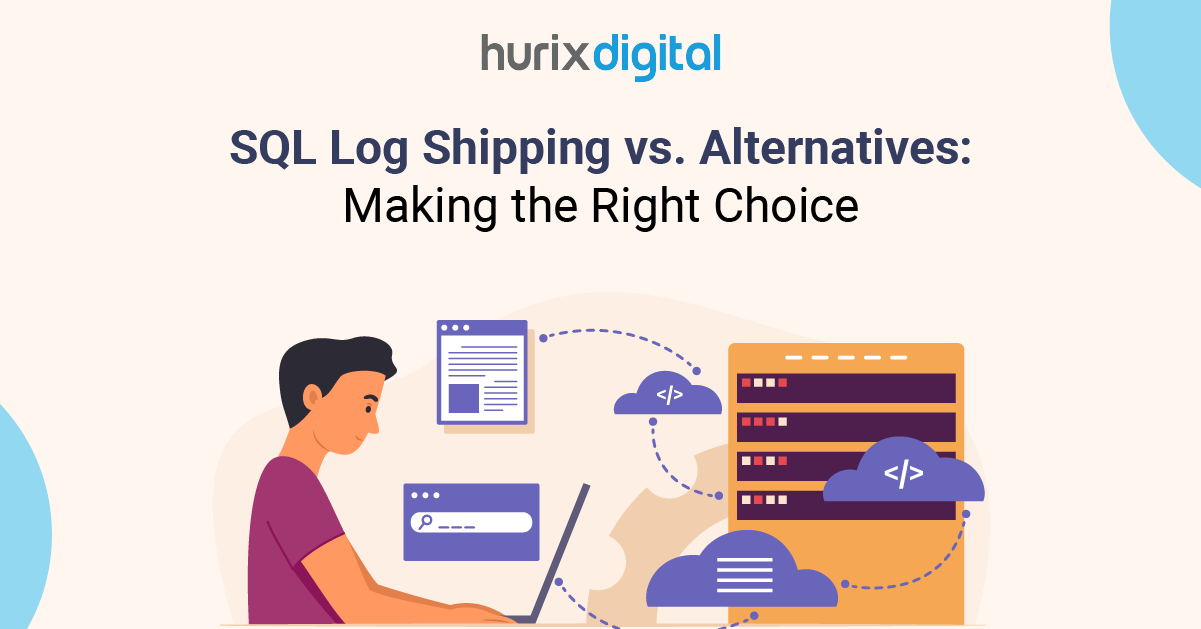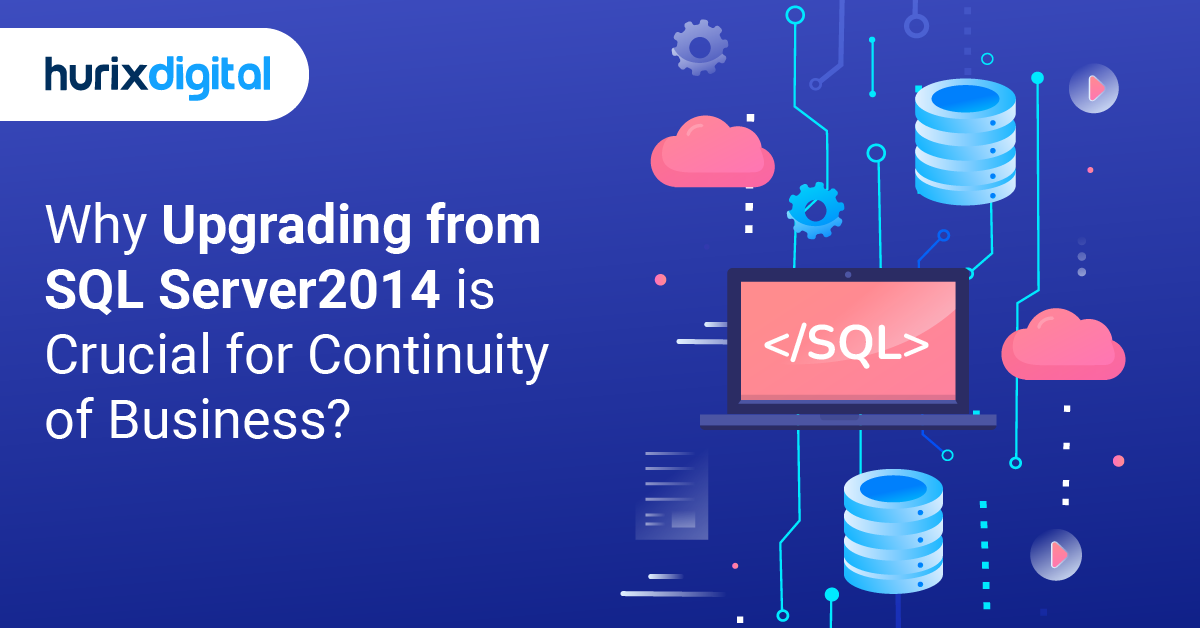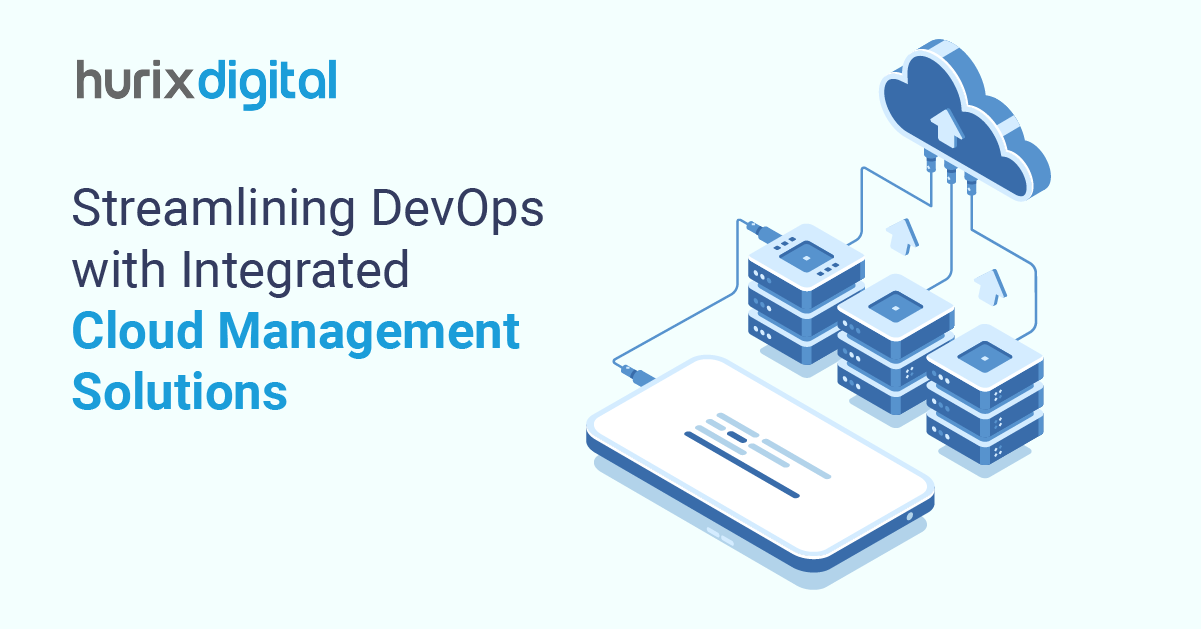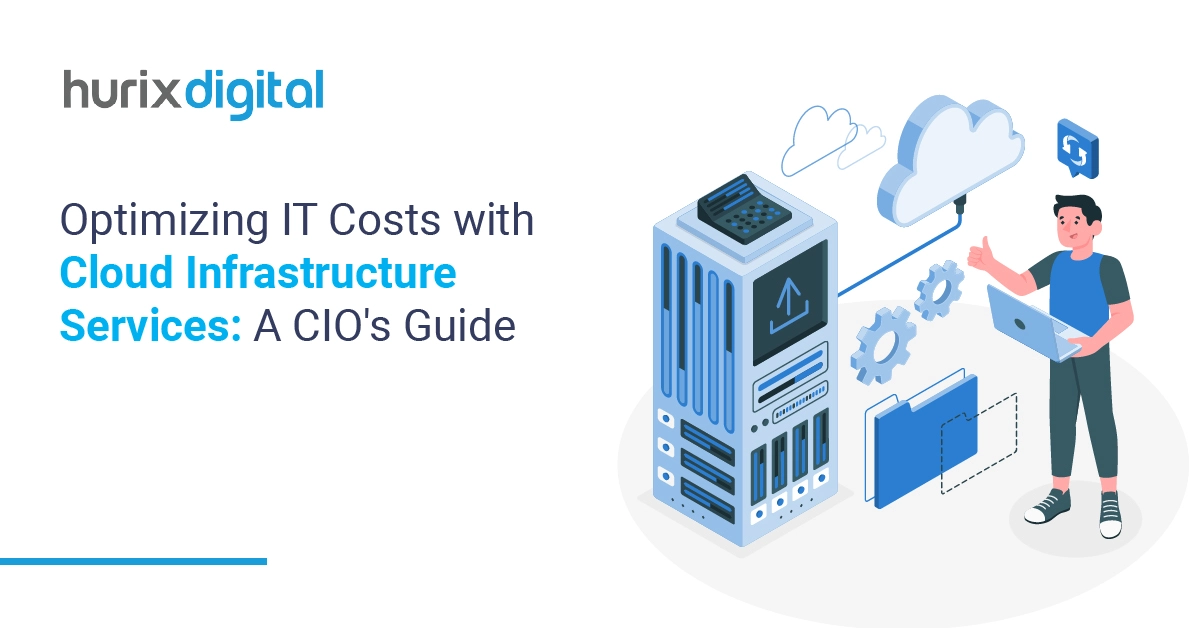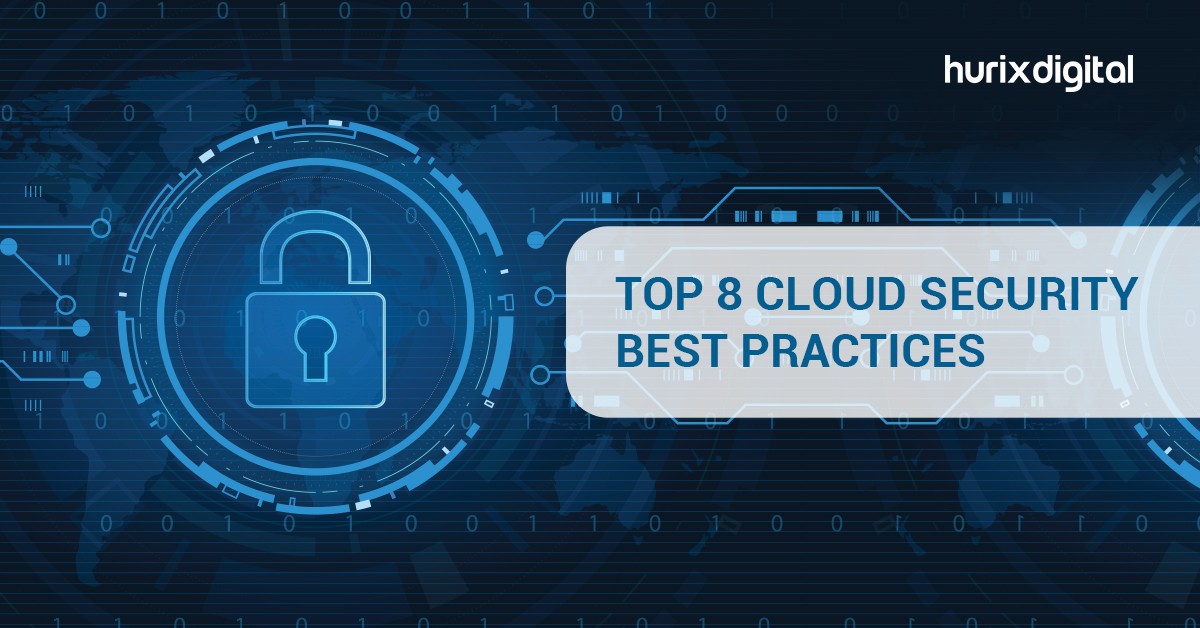
Top 8 Best Practices in Cloud Monitoring
Summarize with:
Gone are the days when enterprises kept their software and hardware in data centers on-premise.
A highly globalized and dispersed workforce has necessitated businesses to shift their applications to the cloud to allow 24X7 access from all locations using the Internet. So what is a cloud? The term refers to any web-hosted application that stores and allows authorized access to data over the Internet instead of the hard drive of a computer.
Some common examples of cloud apps include our email accounts and Dropbox, which we use to store and transfer files. Enterprises use the cloud as a Software as a Service (SaaS) option to subscribe to business applications or rent server space to host proprietary apps.
What are the Major Cloud Monitoring Challenges?
While cloud computing has several positive impacts, its implementation brings in its share of challenges for the development and operation of apps. These challenges present opportunities for developers to rethink the way of developing, monitoring, and maintaining the cloud environments. Cloud monitoring is much different than on-premise monitoring, a fact which most organizations are learning the hard way.
A report by Gartner shows that 80% of the enterprises they surveyed were either completely ignorant or had significant gaps in monitoring their cloud-based solutions. So the question arises – how do you monitor the cloud and avoid the associated pitfalls?
There are 6 key challenges that businesses may face when it comes to cloud monitoring:
1. Complexity
With the increasing adoption of hybrid and multi-cloud environments, it can be challenging for businesses to effectively monitor their entire infrastructure, as they may have to deal with multiple tools, dashboards, and data sources.
2. Visibility
Businesses need help to get a complete and accurate view of their cloud environment, especially if they have a large and distributed infrastructure.
3. Alert fatigue
With many alerts generated by various monitoring tools, it can be overwhelming for IT teams to identify and prioritize the most critical issues.
4. Cost
Monitoring tools and services can be expensive, and businesses may have to invest significant money to ensure that their cloud infrastructure is being monitored effectively.
5. Security
Ensuring the security of cloud infrastructure and data can be a challenge, as businesses may have to deal with threats such as cyber-attacks, data breaches, and insider threats.
6. Compliance
Businesses may have to adhere to various compliance requirements, such as GDPR and HIPAA, which can be challenging to monitor and enforce in the cloud.
Cloud Monitoring and Management Tools
Cloud monitoring is done using a set of tools that supervise the servers, resources, and applications. These can be in-house tools offered by the cloud provider as part of the service.
Since they are part of the package, they don’t require any separate installation, rather, they are integrated seamlessly with the cloud. So when cloud activity increases, the cloud monitoring tools scale quite seamlessly. Then, you can also use tools from any independent Software as a Service (SaaS) provider who may be different from your cloud service provider. Both these types of tools offer data on security, performance and customer behavior.
Cyber security is extremely necessary. The IT teams must be equipped to bridge breaches and vulnerabilities before they get out of control. By performing cloud computing testing at regular intervals, organizations can detect errors on time and rectify them to mitigate any damage to performance, and thereby improve customer experience.
Another crucial feature of cloud monitoring is the speed. Data on speed metrics can help organizations to optimize their websites and applications and improve customer satisfaction.
No matter what your cloud journey, it is important to follow cloud computing best practices before, during and after moving to the cloud to realize its full benefits. Know more about cloud management tools here!
8 cloud monitoring best practices with 4 major ones explained!
Perform these 8 cloud monitoring best practices for the best results:
1. Use a managed service provider (MSP)
2. Use a cloud-based monitoring tool
3. Use a self-service portal to receive alerts and report issues
4. Monitor your cloud infrastructure across multiple points of contact, including through social media channels
5. Ensure that you’re monitoring the right things in the right way
6. Have someone on staff who is responsible for keeping an eye on system health and reporting any issues to appropriate parties
7. Make sure that all of your endpoints are protected by antivirus software, firewalls, and other security measures
8. Make sure you have a backup plan for your cloud infrastructure
Let’s explain a compiled version of 4 cloud monitoring best practices:
1. Use a Single Platform to Monitor The Cloud And On-Premise Infrastructure
It is often seen that businesses have an on-premise infrastructure and so when they opt for the cloud, it is important that this infrastructure is integrated with the new cloud environment. The first cloud monitoring best practice is to use a cloud monitoring platform that can integrate metrics collected from your existing systems via SLA, SNMP, IP, or other standard protocols with those collected from the cloud via the API. The software should be able to normalize the cloud data alongside the traditional metrics and treat these metrics the same way as data from other sources. When your data is uniform across all devices and objects you are monitoring, you will have complete visibility into your apps and network.
2. Monitor Consumption Levels
It is important to monitor the consumption levels and the impact of the cloud services on the rest of your IT infrastructure. You also have to ensure that your cloud resources evolve with your business requirements. One metric that you need to monitor is the billing charges; this will help you keep billing under control. By monitoring this metric the cloud monitoring platform informs you of your estimated credit balance, credit usage and estimated charges accrued for the current billing period and the previous time of collection. Your cloud monitoring platform should allow you to set alerts for any kind of spike or drop in services.
3. Monitor the End-user Experience
Your cloud monitoring platform should seamlessly sync with your end-user experience tool to provide crucial insights on when and how your users interact with an app on the cloud. End-user monitoring shows you how your network is being utilized and provides data on your digital infrastructure performance. The cloud monitoring system you use should allow you to customize alerts in tune to your business needs. For instance, you can set an alert for users experiencing slow response time in a particular region for a critical business application. Then again, the cloud monitoring platform should be able to generate response time data and feed it back into the system. The IT department can then use this data to set alerts and respond quickly in case of any issue.
4. Integrate Metrics And Flow Data
It may be that your network is spread across multiple vendor environments. In such a case, the cloud monitoring platform should be able to recognize all data across all vendors and weave it together to generate uniform metrics and give you a holistic view of your cloud deployment. You can use this data to baseline and set alerts.
Know more about cloud monitoring services or reach out to us now!
In Conclusion
It is difficult to monitor an environment you don’t own. Instead of investing heavily in home-grown solutions it would be prudent to hire the services of a cloud platform vendor. If you are looking for cloud monitoring services, you may want to consider Hurix Digital as your preferred vendor.
As a cloud infrastructure provider, we offer our clients complete ownership of their data while prioritizing security as part of the overall cloud implementation strategy that leverages all best practices of cloud monitoring. Our intelligent cloud monitoring solutions encompass multiple storage systems and data types, enterprise-grade security, and deep technical knowledge across a broad range of technologies.
Our cloud monitoring solutions are designed to provide you a bird’s eye view of your complete network, both on the cloud and on-premises, and then find the proverbial needle in the haystack that may be causing an issue with your data or security. Contact us to find out more about our cloud monitoring services.
 A Space for Thoughtful
A Space for Thoughtful 
